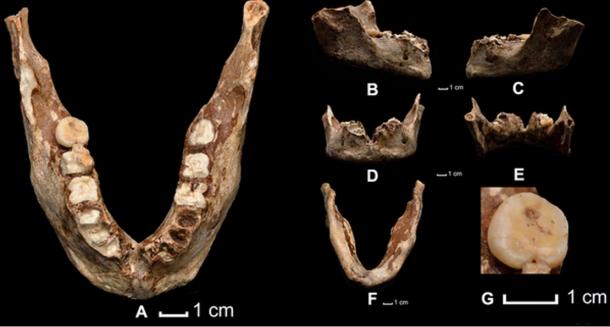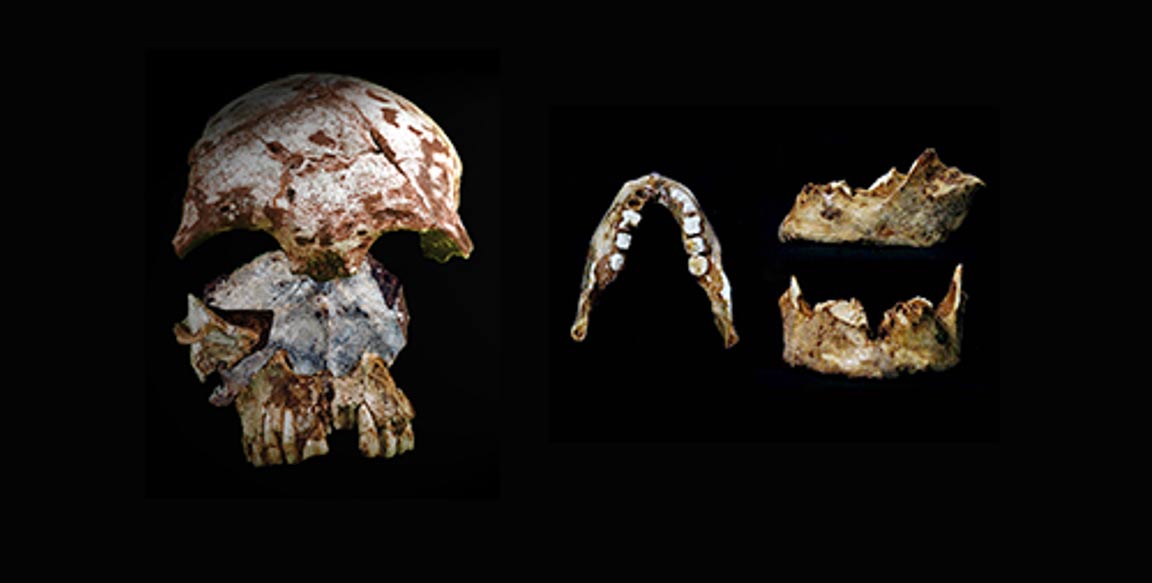Prehistoric Skull and Jaw Found in Laos Rewrite Timelines and Reveal Diversity of Early Humans
Ancient human fossils found in a cave in northern Laos are revealing to scientists that early modern humans were quite physically diverse, and they reveal an earlier migration timeline in Southeast Asia than previously thought.
As reported in a study published in scientific journal PLOS One, a jawbone and skull which were excavated a few meters apart in a cave known as Tam Pa Ling in the Annamite Mountains are of roughly the same age, dating to between 46,000 and 63,000 years ago.
The skull was found in 2009 and is cited as the oldest modern human fossil ever found in Southeast Asia. Its discovery pushed back the timeline and spread of modern human migration to the region from Africa.
MORE
- Jawbone found in Ethiopia set to rewrite history, push back origins of humans
- The human skull that challenges the Out of Africa theory
A study on the ancient cranium was published in the Proceedings of the National Academy of Sciences.

The Annamite Mountain Range extends over 1,000 kilometers through Laos, Vietnam and Cambodia. The fossils were located in Tam Pa Ling cave. Wikimedia Commons
The jaw of a second individual, located in late 2010, is “incredibly small in overall size, [and] this jaw has a mixture of traits that combine typical modern human anatomy, such as the presence of a protruding chin, with traits that are more common of our archaic ancestors like Neanderthals—for example, very thick bone to hold the molars in place,” said study co-author and anthropology professor Laura Shackelford of the University of Illinois in a press release.
The ‘hybrid’ jaw is significant in that it possesses both archaic and modern traits, but it reportedly is not the only remains with such characteristics. The university press release notes that fossils from China, Eastern Europe and Africa also possess this blend of features.

Human fossil remains. Ancient jawbone discovered in a cave in northern Laos is changing what we know about early modern humans. Credit: Fabrice Demeter et al.
Recent examinations of fossilized human teeth in China and a prehistoric jawbone from Taiwan have been raising questions about the established theories on the history and physical characteristics of modern humans, suggesting there may be many species yet uncategorized.
Recent analysis of skull fragments and teeth discovered in 1976 in a cave in Xujiayoa, China have surprised researchers in what they reveal about the prehistoric origins of humanity. Dental remains were recovered from four different individuals, and were examined for size, shape and surface of the teeth, as well as other defining characteristics. When the teeth were compared to a database of over 5,000 teeth of known species, it was found that they did not match any of the accepted hominids.
MORE
- Prehistoric teeth found in China may point to mysterious new human species
- Taiwan Jaw Bone Connected to the Origins of Humanity, May Reveal Entirely New Prehistoric Species
BBC Earth reported on the Xujiayoa teeth, “We know there were as many as four other early humans living on Earth when modern humans were still confined to Africa. The Neanderthals lived in Europe, the Denisovans in Asia and the "hobbit" Homo floresiensis in Indonesia: plus there was a mysterious fourth group from Eurasia that interbred with the Denisovans.”

Comparison of Modern Human and Neanderthal skulls. (CC BY-SA 2.0)
These prehistoric Laotian finds provides insight to researchers, but they also raise their own questions. Debates are being had as to whether these fossils suggest that migrating modern humans bred with archaic populations, or if the physical variations are simply characteristic of all humans throughout evolution— in that we are all possessed of many varying traits within our own populations.
Phys.org quotes Shakelford, concluding,”Tam Pa Ling is an exceptional site because it shows that very early modern humans migrating and settling in eastern Asia demonstrated a wide range of anatomy.”
Featured Image: An ancient human skull, left, and jaw, right, were found in a cave in northern Laos. They both date to between 46,000 and 63,000 years ago. Credit: Fabrice Demeter
Journal Cited: Demeter F, Shackelford L, Westaway K, Duringer P, Bacon A-M, et al. (2015) Early Modern Humans and Morphological Variation in Southeast Asia: Fossil Evidence from Tam Pa Ling, Laos. PLoS ONE 10(4): e0121193. doi:10.1371/journal.pone.0121193
By Liz Leafloor


















